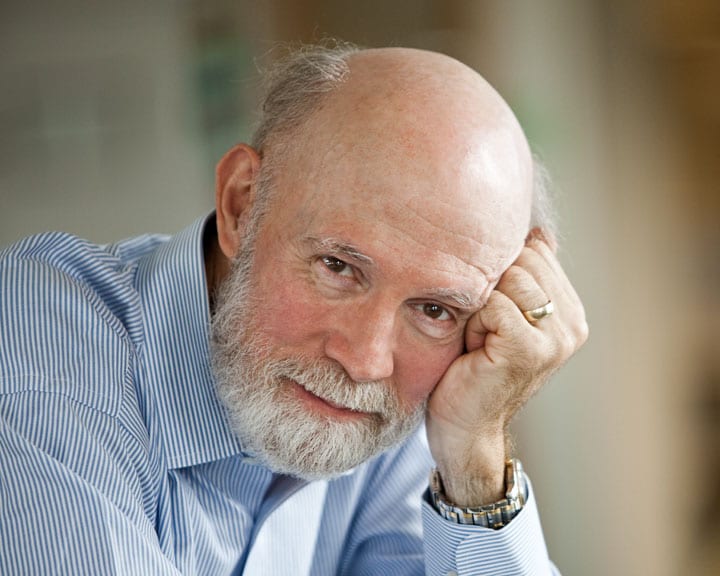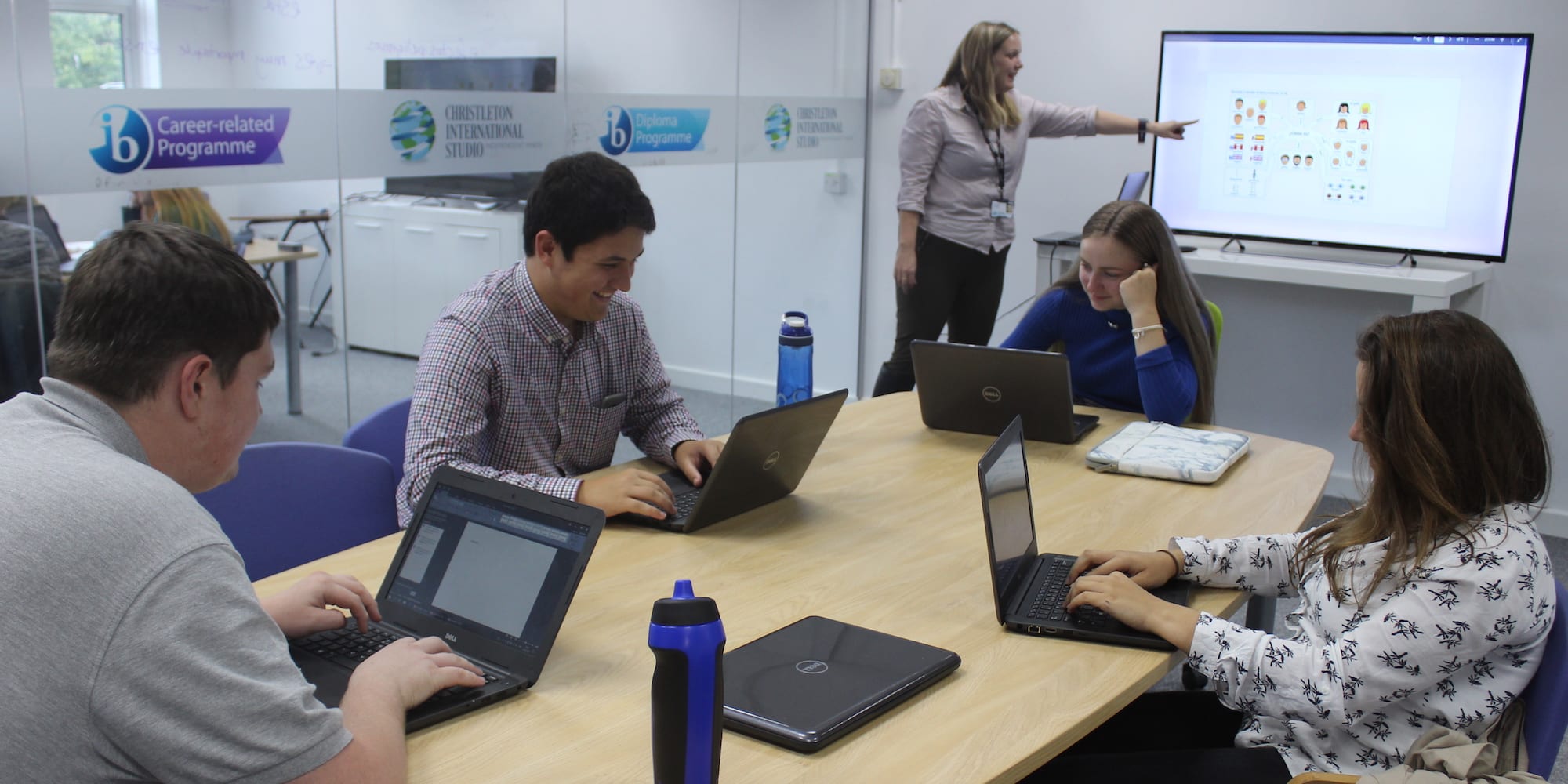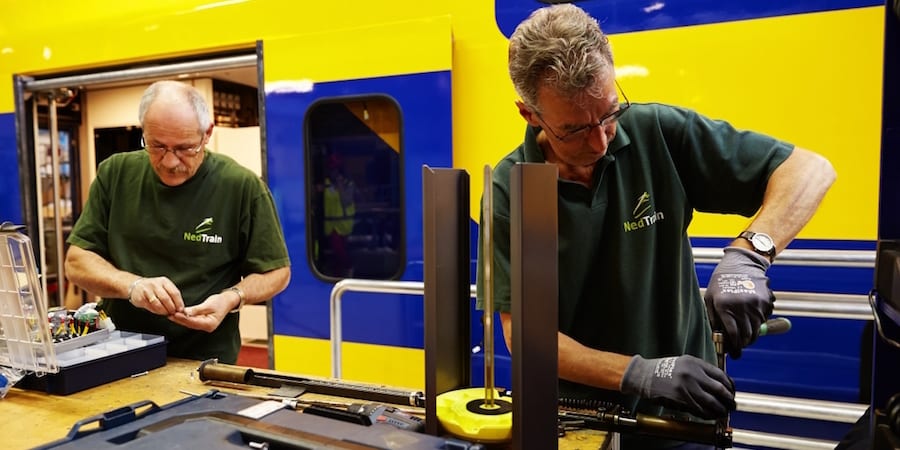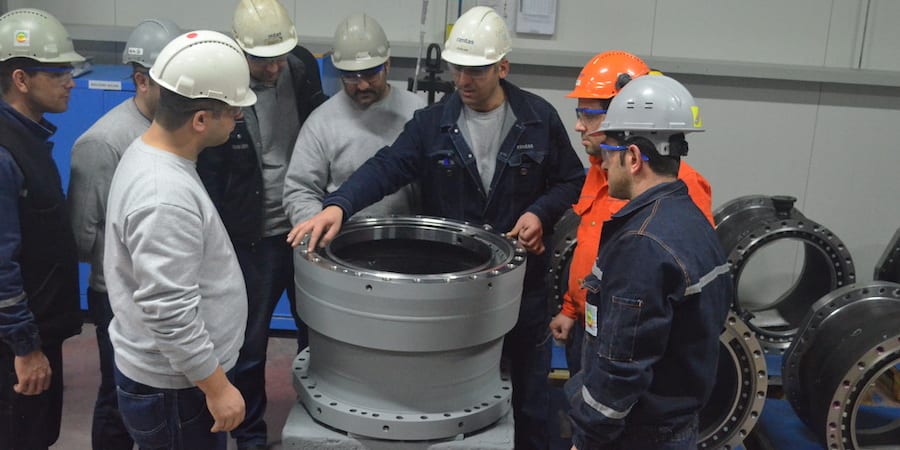
Jim Womack on where lean has failed and why not to give up
YOKOTEN – Lean has changed the world in many ways, even though the original vision of its founding fathers has failed to materialize. Jim discusses why, as a movement, we shouldn’t give up and review our strategy instead.
Words: Jim Womack, Founder and Senior Advisor, Lean Enterprise Institute
Given two significant milestones this summer – the 20th anniversary of the founding of the Lean Enterprise Institute and the 10th anniversary of the Lean Global Network (about which, more next month) – I’ve recently found myself thinking about the original promise of the lean movement and the world that Dan Jones and I thought lean thinking could create as we wrote The Machine That Changed the World in 1990 and Lean Thinking in 1996.
On one level, Machine was a technical analysis of the differences in competitiveness in national motor vehicle industries across the world and the reasons for the differences. But on another level, in the last few chapters, it was a vision of how the world would look if the principles of lean production were universally applied to dramatically improve productivity and quality, while also dramatically enhancing the work experience of employees and their managers.
Lean Thinking in 1996 doubled down on this vision, arguing that lean methods of value creation can be applied in every industry in every country to improve the experience of work and eliminate much of the need for product and people flows across regions. (Remember the famous global journey of the can of cola with three hours of value-creating time over 319 days and 10,000 miles, which we urged readers to rethink.)
We showed that lean principles were not bound by country or company or professional culture, no matter how entrenched these might seem, and we presented examples of dramatic breakthroughs in performance of value streams (kaikaku) when visionaries in many countries and industries relaxed these constraints. Yet, the world mostly didn’t follow our advice.
And when Dan and I made a compelling case in Seeing the Whole in 2003 for locating production steps as near the customer as possible (remember the case of the windshield wiper assembled into a vehicle in the northeast US, whose assembly from piece parts was moved 1,500 miles to Mexico to reduce the cost of three minutes of touch labor), managers in multinationals proved incapable of doing simple arithmetic (we called it “lean math”) to minimize total costs.
Instead, they went in the opposite direction, maximizing the muda of unnecessary transport – facilitated by falling shipping and communications costs – to head steadily down a path of labor arbitrage to lowest-wage locations. Managers seemingly tried to locate each step in complex production sequences, including back-office processes, as far from each other as possible under the banner of “distance is dead.” Meanwhile, managers of value-creating activities that could not be off-shored from developed countries – with retailing perhaps providing the worst examples – spent their time de-contenting jobs, reducing compensation, and in general making work experience less satisfying. (The “WalMart effect.”)
Where did we wind up? With a grave threat to an integrated world economy – which I will always deeply believe in – and with a remarkable level of disaffection among the world’s workers. Brilliant!
Meanwhile, in the Lean Community I detect a growing quietism – an acceptance of things as they are without attempt to resist or change them. The focus has shifted from lean leaps for dramatic organizational transformation, including value stream compression, to small-scale kaizen and coaching of individuals (usually middle- or lower-level managers) without expectation of quickly changing the management systems in which they operate. This is fine as far as it goes, but can it ever go very far?
A shocking thought: Were the leaders of the first generation, who wanted to spread lean thinking beyond Toyota (and I hope I was one), just naïve? Should we just give up?
I’m not giving up. Never. But we need to avoid the muda of denial about our situation, while also avoiding the muda of defeatism.
With regards to denial, we need to acknowledge that our efforts to dramatically transform large, mature organizations haven’t worked and aren’t going to work, even when these organizations encounter crises. I spent several years recently with CEOs of large enterprises and got them to sanction model lines for value streams to demonstrate what was possible. The results were strikingly positive, but the organizational immune reaction was immediate and crushing. Little lasting was achieved and I’ve moved on. I no longer expect “another Toyota” to emerge in every mature industry.
Similarly, we need to acknowledge that our traditional ways of teaching lean methods through workshops and explaining our ideas through workbooks are at a point of diminishing returns. Many people know what to do, but few have a context for doing it. We need to think hard about more effective ways to pass lean knowledge along to the next generation.
But let’s not default to defeatism! Remarkable leaders are still doing remarkable lean things: the lean farm in Indiana that has just eliminated much of the muda of transportation (another example of which is found at a certain lean bakery in Barcelona you’ll soon be able to read about); Saint Bernard Project (SBP), the lean disaster relief organization in New Orleans; a plethora of lean start-ups; a large number of firms trying to create lean product and process development systems. Our job as the Lean Community is to showcase their achievements and support them in whatever way seems feasible and to be looking for the next remarkable leader.
Yes, after so many years, I’m disappointed in how far we have gotten in spreading lean thinking. The task of yokoten has barely started, and, as a community, we will need to rethink our tactics, stick to our purpose, and better understand the challenges preventing us from staying on course. But I’m in no way daunted. The lean global promise to every worker in every country to improve their work while improving their experience of work is still the North Star the world needs. Indeed, ensuring that star keeps shining bright is a fitting mission as we celebrate two important anniversaries.
THE AUTHOR

Management expert James P. Womack, is the founder and senior advisor to the Lean Enterprise Institute. The intellectual basis for the Cambridge, MA-based Institute is described in a series of books and articles co-authored by Jim himself and Daniel Jones over the past 25 years. During the period 1975-1991, he was a full-time research scientist at MIT directing a series of comparative studies of world manufacturing practices. As research director of MIT’s International Motor Vehicle Program, Jim led the research team that coined the term “lean production” to describe Toyota’s business system. He served as LEI’s chairman and CEO from 1997 until 2010 when he was succeeded by John Shook.
Read more


FEATURE – The application of lean management to education is not new, but we all know how hard changing legacy systems is. This greenfield lean school aims higher, trying to rethink learning altogether.


FEATURE – Back on the road after two years, the author reflects on how lean organizations have performed during the pandemic and addresses age-old misunderstandings about Just-in-Time.


FEATURE – Faced with long lead-times to hire new people and with tens of millions paid in sick leave every year, the HR department of Dutch railway operator NS has turned to lean thinking to set them on the right track for the future.


CASE STUDY – With plans to double capacity year on year in its new precision machining business, a Turkish company found in lean a way to control growth by stabilizing old processes while new ones are introduced.

